Dexterous manipulation: Sensing Technologies Used with End Effector

Posted on Aug 05, 2013 11:06 AM. 4 min read time
Here is the next article in our series on the National Institute of Standard and Technologies (NIST) workshops held at Automate 2013. Robotiq was present at this workshop where several issues were discussed on dexterous manipulation for manufacturing applications. One them was about sensing technologies used with end effectors. These technologies could greatly improve the flexibility of actual gripping solutions.
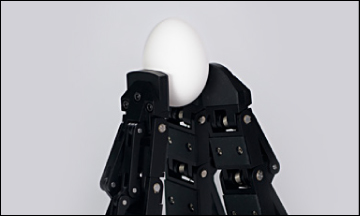
Interesting Study
The human hand is the most flexible and adaptive gripping device. This is why gripper manufacturers are working hard to reproduce its capabilities. The major characteristic of the human hand is its sense of touch. It can feel textures, forces and contacts.
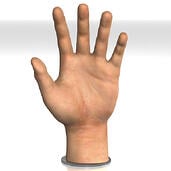
An interesting study was made to evaluate the impact of touch and vision when it comes to handling. In this study, a human had to compress a spring with his fingers until it buckled while his hand was constrained at the wrist. At first, both his vision and sense of touch were masked and the force applied before the spring buckled was very low. Then, vision was added and the results were improved. The test was also made using only the sense of touch and the results were really interesting, because when they added vision to the sense of touch only minor improvements were noticed. This means that the sense of touch is the primary sense for dexterity.
If a robotic end effector could use this information, it would be able to adapt to any size or shape of part without the need of vision.
Reactive Grasp
The end effector manufacturer, Schunk, thinks that reactive grasping is important in order to have great flexibility. Reactive grasping systems give information to the robot about size and shape of the object in real-time. It uses sensor information through force or tactile sensors to blindly grasp an object without the use of vision. Just as a human would do if his eyes were closed.
Cutaneous Sensors
In order to enable this reactive grasp, cutaneous touch could be the solution. It is made possible by all the skin receptors that can feel normal and shear forces, vibration and temperatures. A company named Syntouch is developing cutaneous sensors to integrate with robotic end effectors, called BioTac. Their sensors consist of a rigid core that contains multiple electrodes. These electrodes are covered by an elastomeric skin with an underlying conductive fluid. Then, a 'fingernail' holds the skin in place and this is necessary to feel shear forces. The skin also has some sort of 'fingerprint' to feel vibrations.
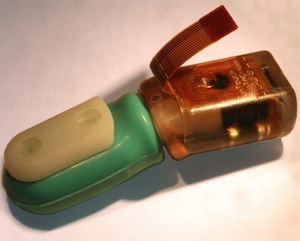
When the skin and the fluid are deformed, the resistance between the electrodes changes and gives raw data to resolve the kind of contact involved. The shear force is sensed when stretching or compression is felt around the fingernail just as a human hand does. The temperature is calculated by heating the fluid then using thermal gradients to recognize the materials based on their thermal properties. Vibration is measure through the fluid by a pressure transducer. This information is useful to detect slippage or textures.
Conclusion
When it comes to mechanical components, these costs are not likely to come down soon. However, new technologies in electronic components are being developed and their costs will surely decreased over the years. So sensing technologies are an aspect to consider in the manufacturer’s quest toward flexibility. Robotiq is working with some sensor companies to integrate sensing components into our end effectors. Our robot grippers are already renowned for their integrated mechanical flexibility, but our team works hard to keep improving our products.


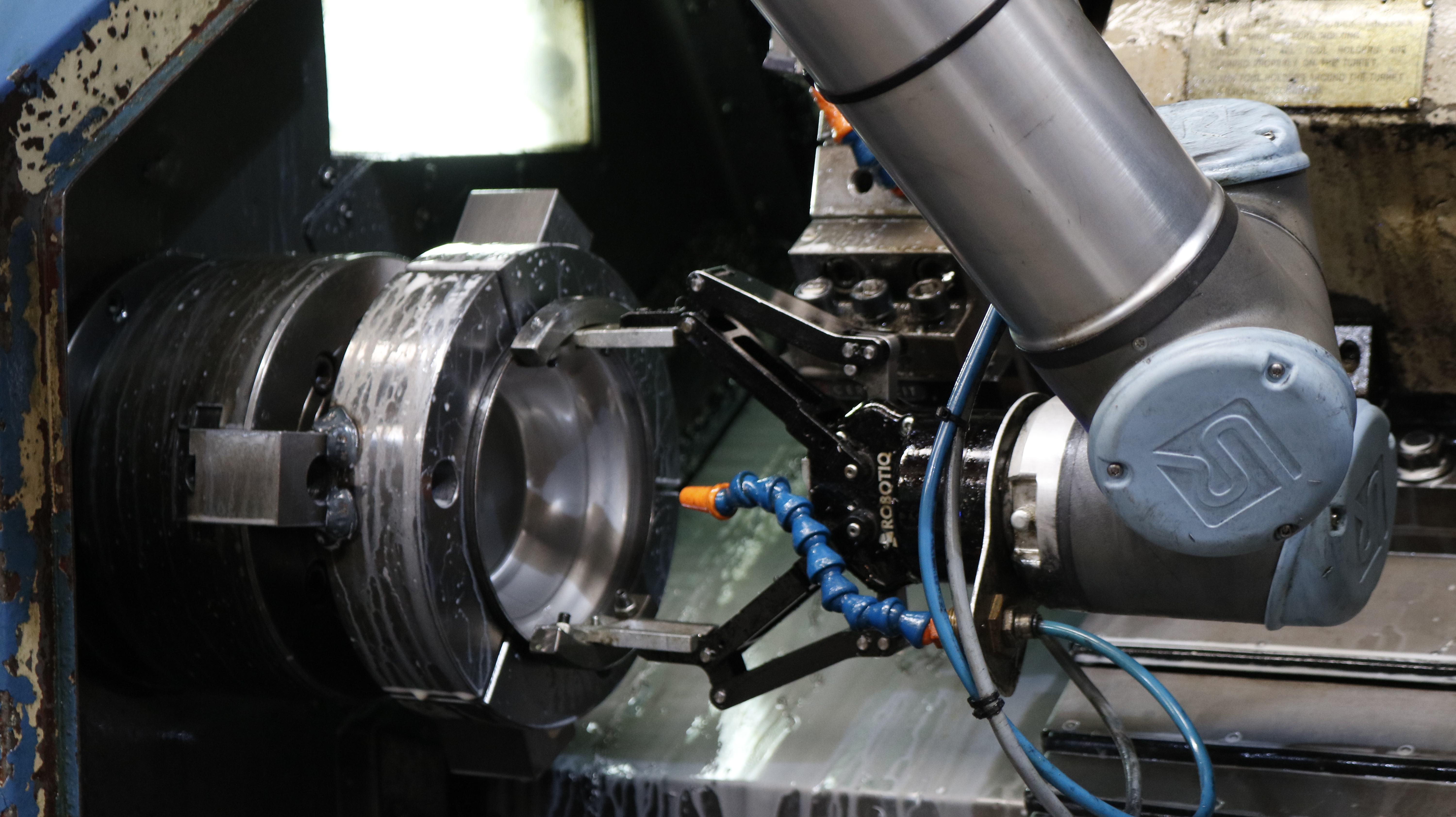

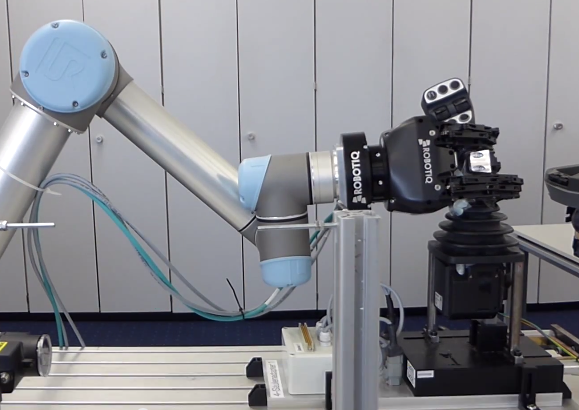



Leave a comment